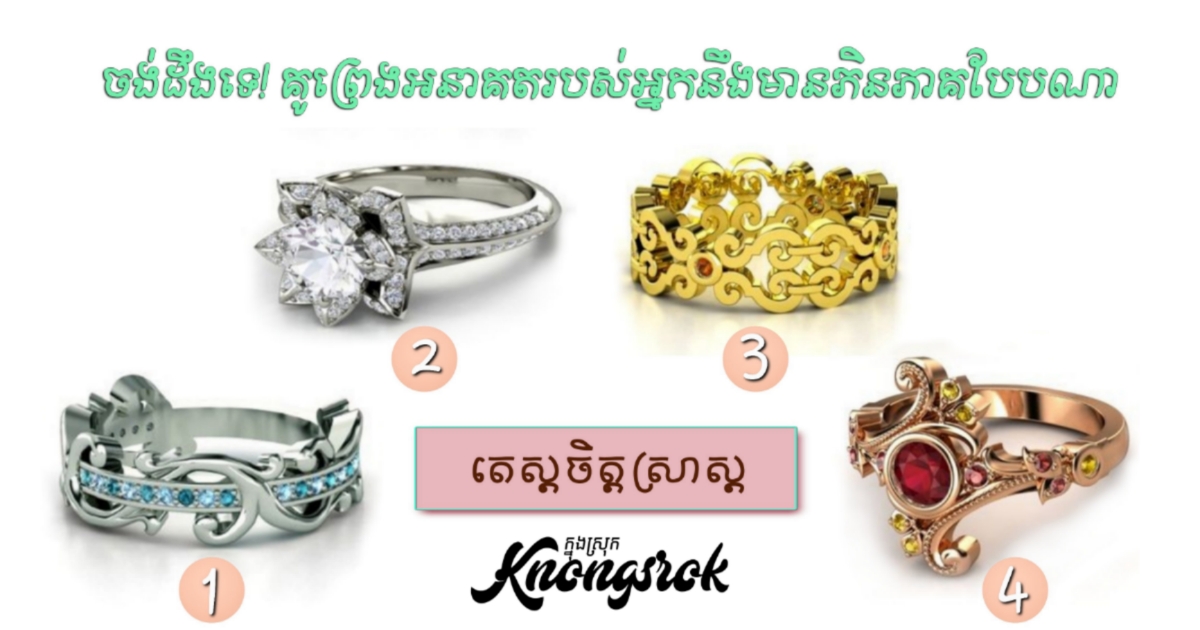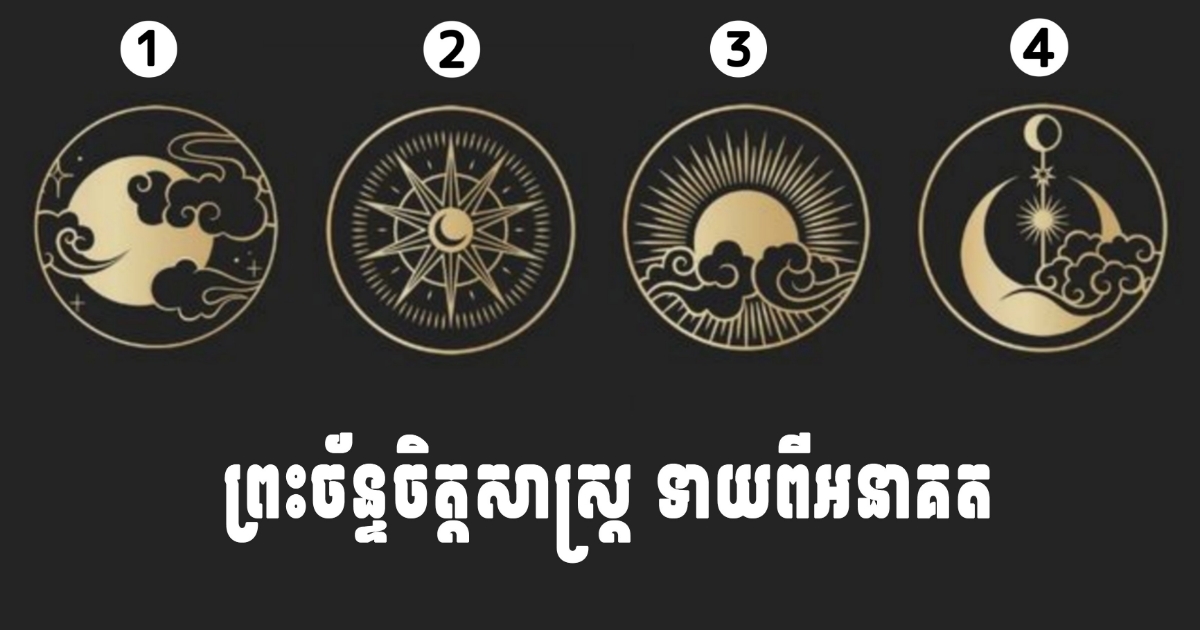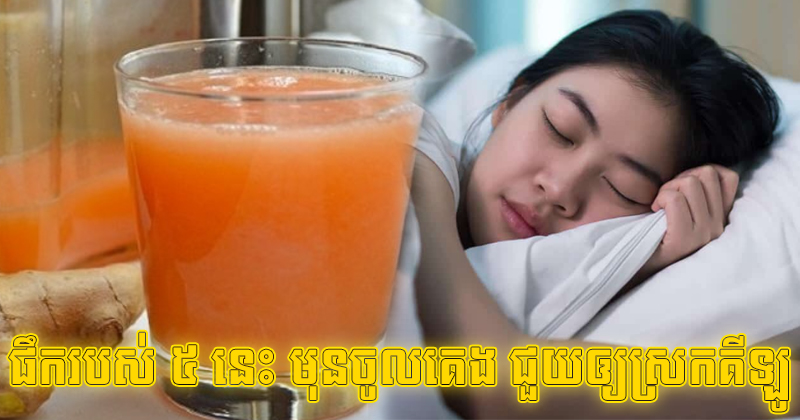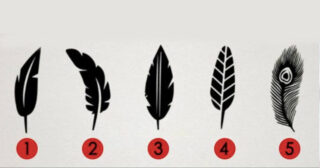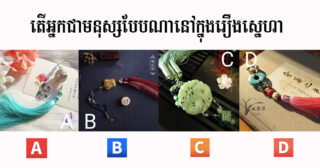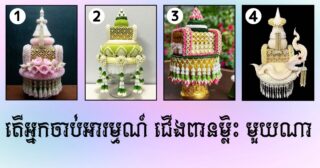13 Fake Foods You Could Be Buying Every Day and How to Recognize Them
Counterfeit food is a very profitable business. The total amount of counterfeit goods in today’s market is valued at over $653 billion per year, and this is just in the United States. Even the most regular food can be fake and you may be surprised by the quality of what you find in the package.
In most cases, it’s pretty easy to recognize a fake. Bright Side cares about your health and suggests that you read about these foods that are very often counterfeited.
1. Green peas

© Priya Beauty Picks / Youtube © Pixabay
Green peas are not as simple as they might seem — they are often counterfeited. Fake peas are a combination of soybeans, snow peas, colorants, and sodium metabisulfite. Sodium metabisulfite is prohibited in many countries because of the high risk of the development of cancer and metabolism issues.
How to avoid buying a fake?
- Buy green peas from the manufacturers you know. They should point to the region of production. If the color is too green to be real, this means there is some colorant in the product.
2. Eggs

According to China’s Health Ministry, fake eggs contain a lot of harmful ingredients such as benzoic acid, sodium alginate, and many others. So, pretty much any part of an egg can be fake (both the eggshell and the yolk). Even though this problem is mostly present in Asian countries, it’s still a good idea to be careful when buying eggs.
How to avoid buying a fake?
- Fake eggs have very rough shells. They are usually way larger than real ones. If the shell seems fine, then pay attention to the yolk. If it is too yellow, the egg may be fake.
3. Noodles

In 2010, it was discovered that large amounts of fake noodles are produced in China. They are made with rotten grain and poisonous additives. Some are even made of plastic! The thing is, tasty sauces that fast food places make hide the taste flaws, but if you tried these noodles without any sauce, you would be able to tell that they are fake right away.
How to avoid buying a fake?
- Obviously, avoid fast food noodles.
4. Apples

Surprisingly, even apples can be fake. Well, the apples themselves are real, but the additives injected into them can be dangerous. They are grown with chemicals that make them look too good to be true. And also, they are waxed to extend their shelf life, so it is harmful to your health to eat them.
How to avoid buying a fake?
- The apples that look too shiny, too green, and too round, are most likely fake. Buy apples that don’t look as if they were photoshopped.
5. Cod fish

Researchers from University College Dublin found that 90% of smoked cod fish was mislabeled and was, in fact, a completely different species. Funnily enough, the researchers don’t know why this mistake occurs or who is responsible. Most likely, the fish are misidentified as cod in the very first stages — in the harbor.
How to avoid buying a fake?
- There is no reliable way to tell cod from other species unless you are an expert.
6. Cinnamon

Your life will never be the same after reading this. What you previously thought was cinnamon is in fact cassia. Cassia is a cheap alternative to the famous spice that is sold everywhere as cinnamon. It has a different smell, and most importantly, it is dangerous for your health (the flavoring cassia contains may cause migraines). In order to produce real cinnamon, it is necessary to use the bark that grows only in Sri Lanka and Western India. And cassia is produced from trees that grow in China, Vietnam, and Indonesia.
How to avoid buying a fake?
- Most of the time, real cinnamon will have Cinnamomum verum on the pack and cassia has Cinnamomum aromaticum.
- Real cinnamon is very easy to break, it is light, and looks like parchment. Cassia is very rigid and it is bright brown.
7. Blueberries

The Consumer Wellness Center in the US conducted a study of foods that supposedly contained blueberries and the results are pretty bad. Most of these foods didn’t contain anything like blueberries. It was a combination of starch, colorants, flavoring, and hydrogenated oil. A huge number of fakes exist because blueberries are considered to be superfoods and the demand is extremely high.
How to avoid buying a fake?
- Read the ingredients. If you see that a product contains Indigo carmine (E132), it means that there are no blueberries.
8. Whipped cream

Some manufacturers are so talented that they don’t even need cream to make... cream. In 1966, American chemist William Mitchell invented a replacement for whipped cream that consisted of coconut oil, corn syrup, natural flavoring, and a thickening agent. Yes, it did contain milk, but very little of it. Of course, this “whipped cream” has its advantages: it looks good and it is easy to work with if you are an amateur chef. But experts can see the difference right away.
How to avoid buying a fake?
- The ingredients should not include vegetable fats and sugar.
9. Scallops

© Wikimedia commons © Depositphotos
A scallop is an extremely expensive delicacy and few people know what it really looks like. This is why there are a lot of dishonest manufacturers who use minced fish, stingray meat, seahorse, and even shark meat. Sometimes, snow fungus is used instead of scallops as a salad ingredient in some restaurants.
How to avoid buying a fake?
- A 100 % genuine scallop can only be sold in the shell. There is no way to replace it or fake it.
- Frozen scallops should be a light pink or beige color.
10. Caviar

© trbuh / Flickr © Depositphotos
Caviar is faked more than any other food. Dishonest manufacturers fake different types of caviar, for example, the flying fish caviar is replaced by capelin, and pike caviar is colored and sold as black caviar. Experts say that it is very hard to tell the difference between genuine caviar and fake caviar just by their taste. 1/3 of all the caviar sold in Europe is fake.
Red caviar is faked more than any other. Fake red caviar is a mix of gelatin, fish soup, oil, and colorant. You can find caviar made of seaweed, but it costs so little that it’s unlikely anyone would think it was genuine red caviar.
How to avoid buying a fake?
- Genuine black caviar is not perfect: all the pieces are a different size.
- Flying fish caviar is a little bigger than capelin.
- If red caviar is sticky, doesn’t pop well, and smells a lot like fish, unfortunately, this means it’s fake.
11. Meat glue
Most manufacturers don’t like to get rid of waste, because the more waste they have, the more money they lose. This is why chemists invented this great thing called transglutaminase, or meat glue. This thing is used to glue hundreds of meat pieces together to get something that looks like a beautiful steak.
But transglutaminase is not harmless. Despite the fact that it is an organic component (it is produced in humans and animals), using too much of it can cause an allergic reaction, digestive disorders, and coeliac disease — an autoimmune disorder that disrupts the absorption of fats, vitamins, iron, and calcium.
How to avoid buying a fake?
- Buy farm-produced foods from manufacturers that you trust, and don’t buy frozen foods. Glued meat is easy to tell from real meat because the lines on it don’t look natural.
12. Meat for burgers

In the 21st century, burger meat is not just minced meat anymore. There are huge companies that work on creating meat alternatives. In 2016, the company Impossible Foods showed a beef replacement made of starch, genetically modified yeast, and textured wheat. It is really hard to tell this “meat” from real meat, and it is even harder to do when you are eating a burger. More than that, burger meat is often made of soy and other beans and they taste much better than real meat.
How to avoid buying a fake?
- The answer is obvious: make your burgers yourself and avoid eating fast food.
13. Smoked foods

Natural smoking is a long and difficult process, this is why many manufacturers use so-called liquid smoke. You should know that smoked foods are not good for your health in any case, and you shouldn’t eat them more often that a couple of times per month.
There is no proof that liquid smoke is dangerous for your health, but if you have too much of it, you could get food poisoning.
How to avoid buying a fake?
- Smoked meat and fish should be dry and not very bright. The color of the surface should not have any dark or light spots — it is supposed to be an even color.
How often do you come across fake foods? Or maybe you have your own ways to avoid buying fake foods and you know exactly how to tell them from real ones? Share your experience in the comment section below.
Preview photo credit China Daily, alternativenewsnetwork, greenhealthyplanet, pixabay

